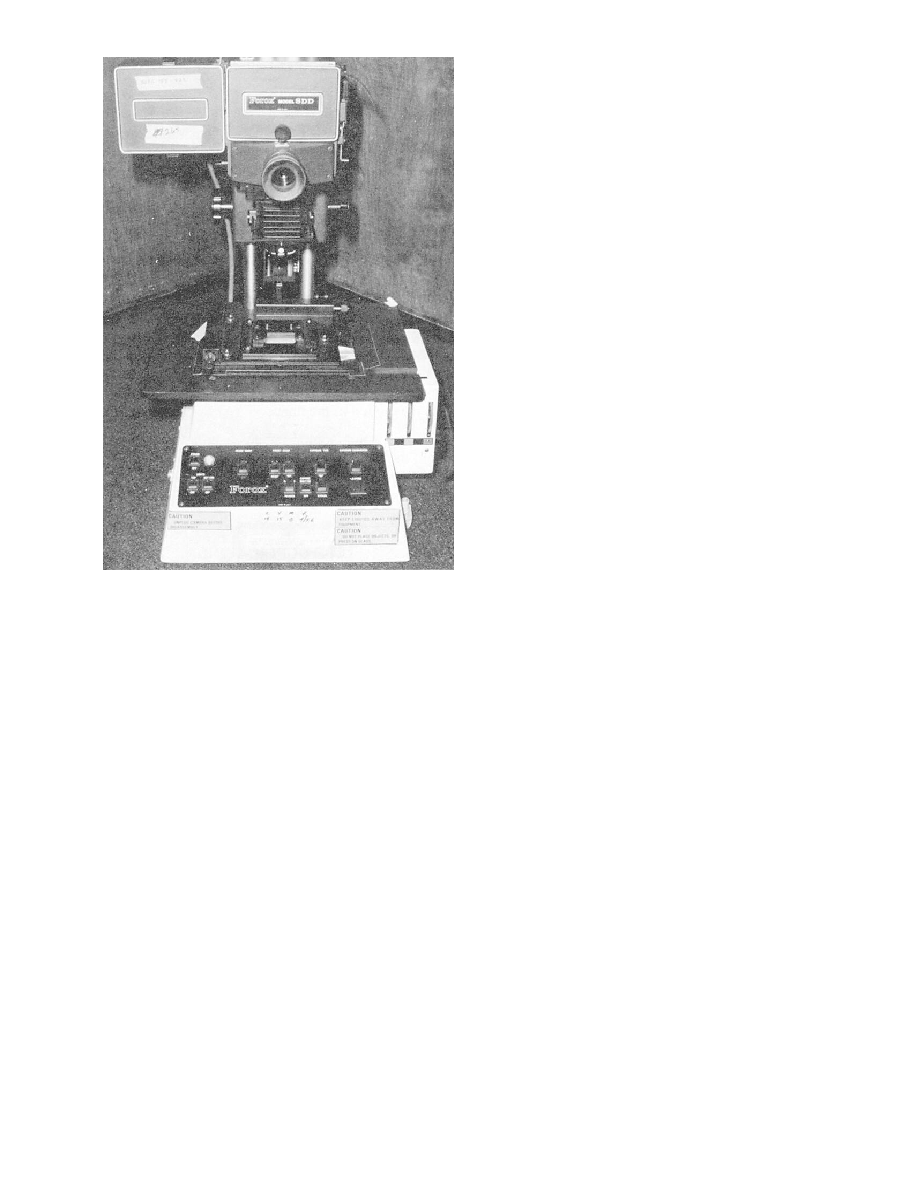
DOFMaster
for Windows
On-line
Depth of Field
Calculator
DOFMaster for Mobile Devices
On-line
Depth of Field
Table
Hyperfocal
Distance Chart
Articles
FAQ
Recommended
Books
Support
Contact
Links
Home
for Windows
On-line
Depth of Field
Calculator
DOFMaster for Mobile Devices
On-line
Depth of Field
Table
Hyperfocal
Distance Chart
Articles
FAQ
Recommended
Books
Support
Contact
Links
Home
As an Amazon Associate I earn from qualifying purchases.
![]()
duplicate, improve, or alter, as desired, the reproduction
of the original.
make duplicates from the original slide. When the scene
cannot be re-photographed, the only alternative is to
make duplicates of the original slide.
improve a photograph. The image can be made larger or
smaller, the composition can be changed through
cropping, the density of the duplicates can be changed
from the original, and with the use of filters, the color
of the reproductions can be changed.
body and lens, bellows extension, light source, a
copyboard, filter holders, and the necessary controls and
switches. When slides are copied with a slide
duplicating camera, the slide is transilluminated. This is
the most common method of copying slides.
make the tests should have average density and
brightness and normal contrast. This slide should be
retained as a reference slide. A full-frame slide of a color
reference slide. A color rendition chart allows you to
densities of the original reference slide against the slide
duplicate. To visually compare slides, you should use
transmitted light and color viewing filters to judge the
slides. The objective method is more accurate. A
densitometer is used in this method. A densitometer is
an electronic meter that measures the actual density of
black-and-white and color materials.
manufactured to provide lower contrast, less filtration
with tungsten lighting, and it has good color
reproduction characteristics.
use as a starting point for exposure tests. However, you
should bracket the exposure at least one f/stop in
one-half f/stop intervals on each side of the basic
exposure.
or lint is magnified greatly when the slides are projected.
Never touch a slide with your fingers. Handle the slides
only by their mounts. Hold unmounted transparencies
only by the edges. Dust or lint should be removed with
low-pressure air or a camel-hair brush. If there are
remove them with a soft, lint free pad or a piece of cotton
Basic Photography Course

As an Amazon Associate I earn from qualifying purchases.
WWW.DOFMASTER.COM
© 2006 Don Fleming. All rights reserved.
© 2006 Don Fleming. All rights reserved.